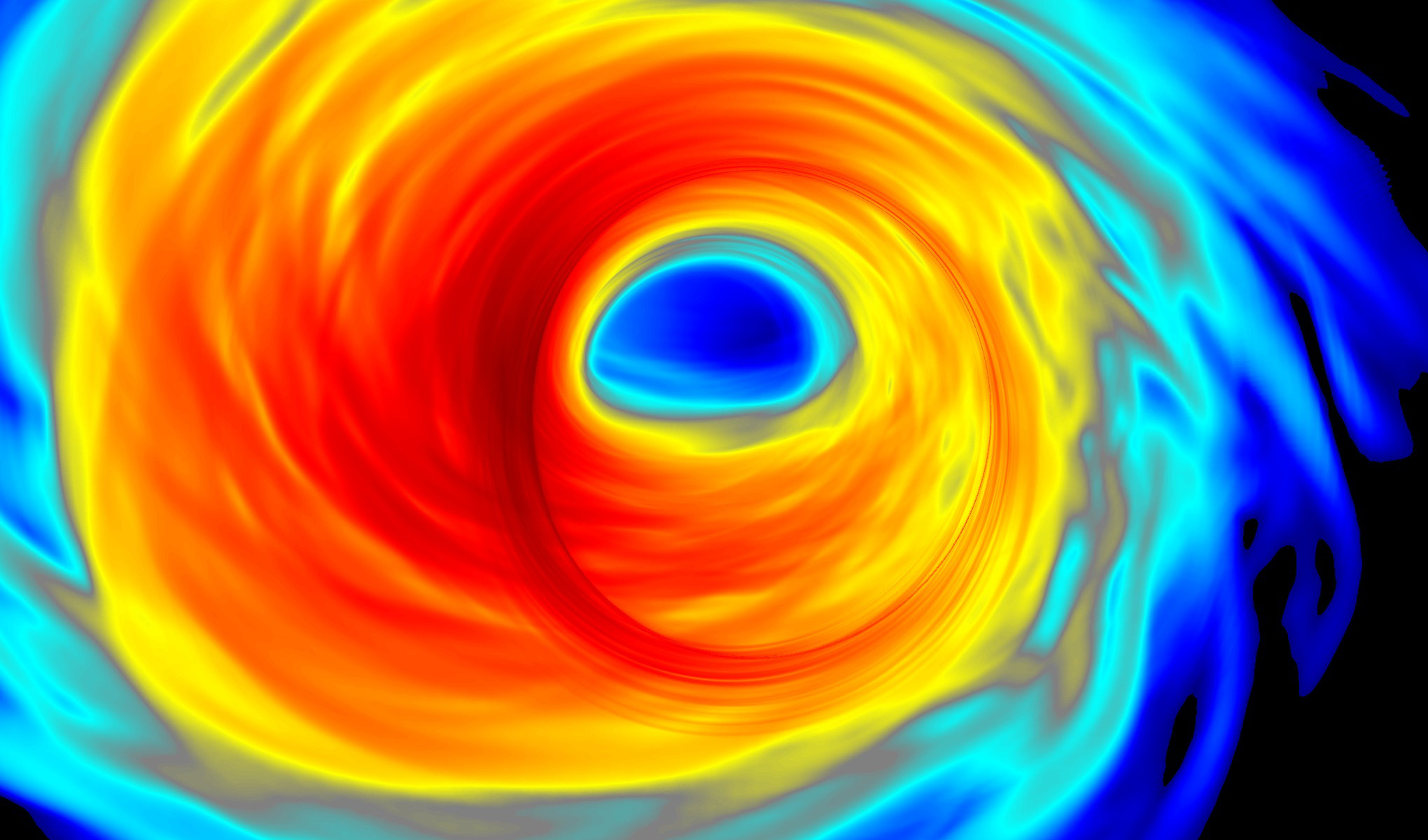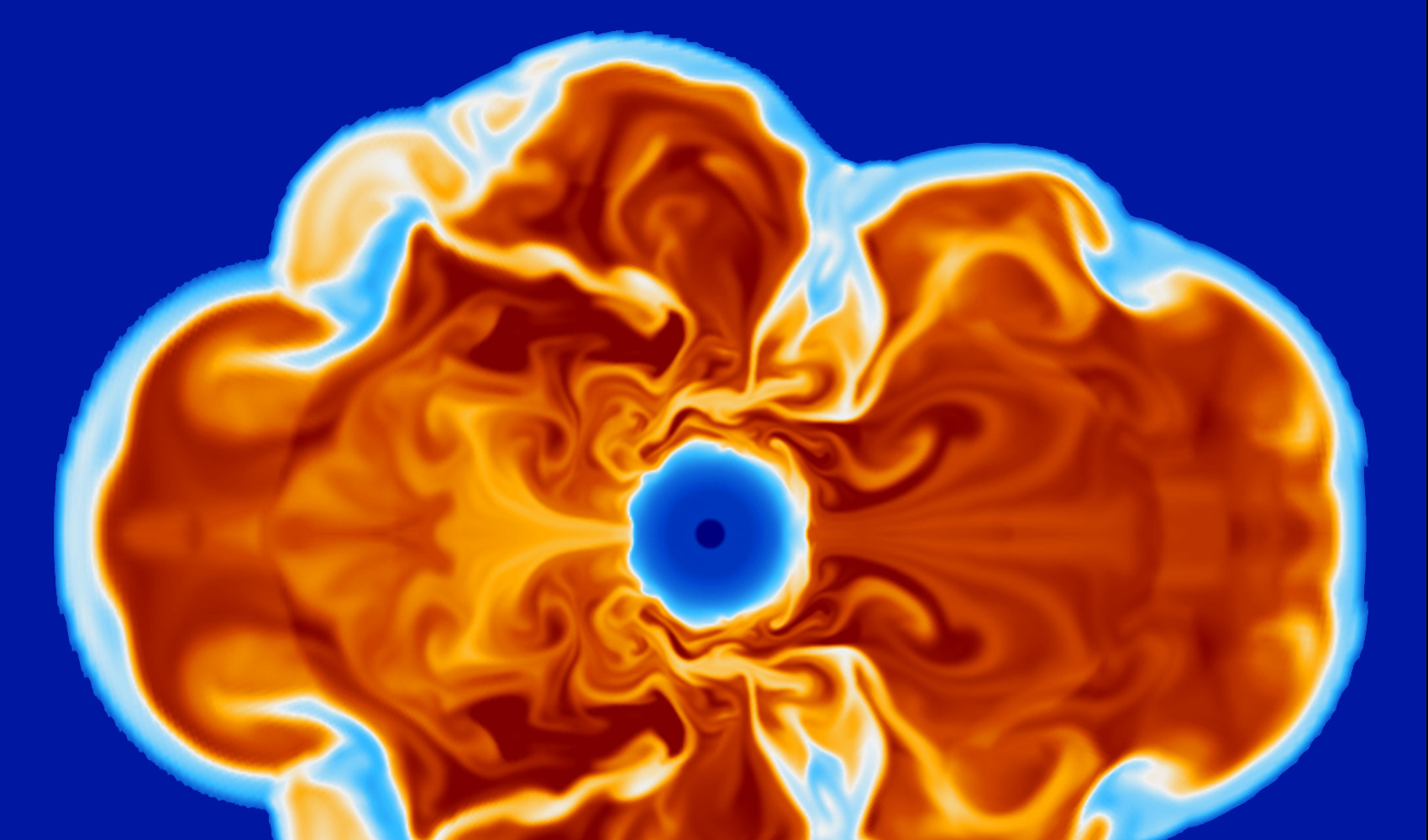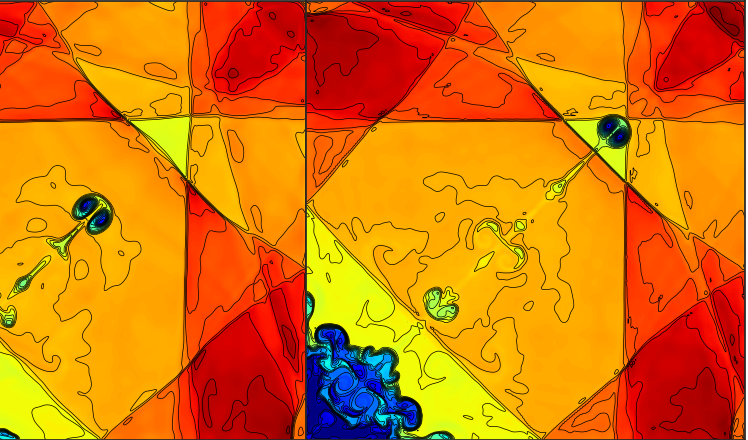JOSH DOLENCE
STAFF, COMPUTATIONAL PHYSICS & METHODS, CCS-2
Core-collapse supernovae, black hole accretion, numerical methods
ROSEANNE CHENG
METROPOLIS FELLOW, COMPUTATIONAL PHYSICS & METHODS, CCS-2
Tidal disruption events, overset mesh methods
JONAH MILLER
CNLS FELLOW, COMPUTATIONAL PHYSICS & METHODS, CCS-2
Numerical relativity, numerical methods, hydrodynamics
BENJAMIN RYAN
DIRECTOR'S FELLOW, COMPUTATIONAL PHYSICS & METHODS, CCS-2
Black hole astrophysics, radiation transport, magnetohydrodynamics, numerical methods
INGO TEWS
CNLS FELLOW, NUCLEAR AND PARTICLE PHYSICS, ASTROPHYSICS AND COSMOLOGY, T-2
Nuclear matter, chiral EFT, nuclear astrophysics


